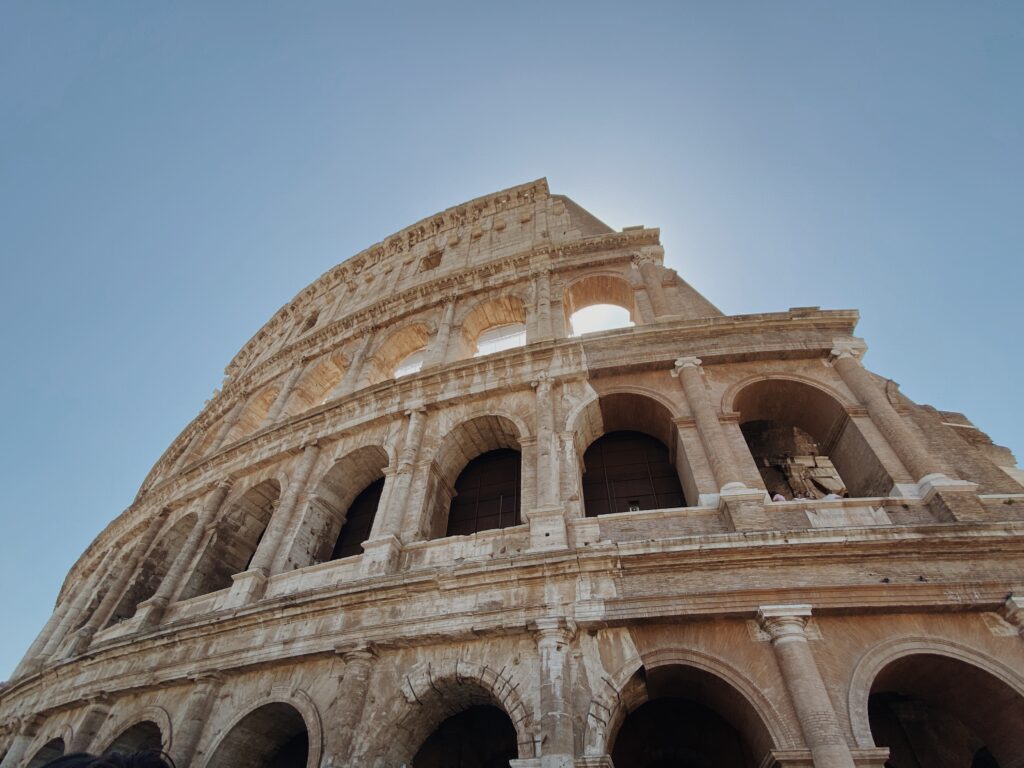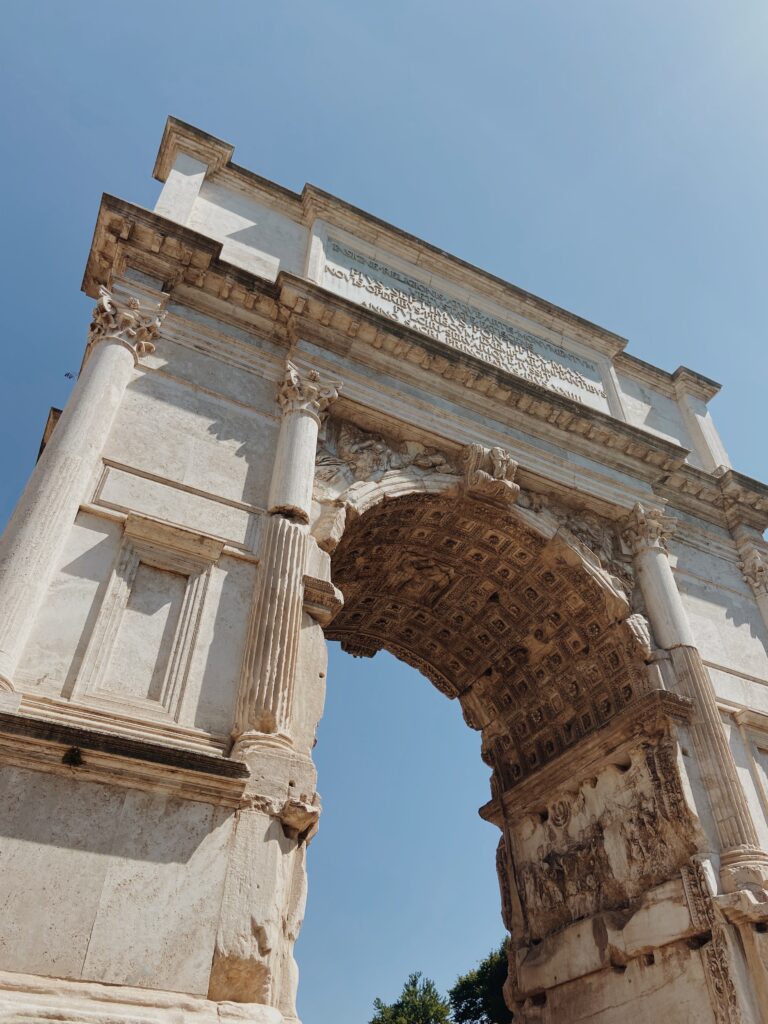Growing up near Saint Augustine, Florida, I am no stranger to historical monuments. But North American old and European old are two completely different things. To put it in perspective, Castillo de San Marcos is 350 years old, while the Colosseum is approximately 2,000 years old, a whopping six times greater.

Throughout the trip, we visited museums housing art from Etruscan times (National Etruscan Museum) to the 21st century (MAXXI) and everything in between: classical, medieval, renaissance, baroque, modern, and many more. Without even leaving the city of Rome, I was able to see the history of civilizations spanning more than three thousand years. Rome is an ever-evolving city, evidence of generations of peoples along with their triumphs and struggles all layered-on top of one another, flowing into one living, breathing organism. The immensity of cultural capital emanating from everywhere you look could be found in few other places, and I am grateful to have been able to experience this time machine through the centuries.
While the age and condition of some of the older works, such as the Roman Forum, can seem overwhelming, we had amazing guides on the trip that presented us with digital reconstructions of what the places we were standing in would have looked like in their prime. In many ways it is humbling to see the flimsiness of our current architecture in comparison to the endurance of past construction, but it also serves as a lifeline to a people who might not have been so different from ourselves, a reminder that what we build today—maybe literally, but definitely metaphorically—will one day be cherished and remembered.

